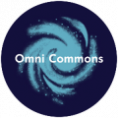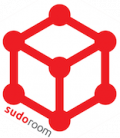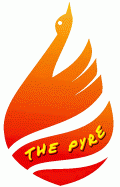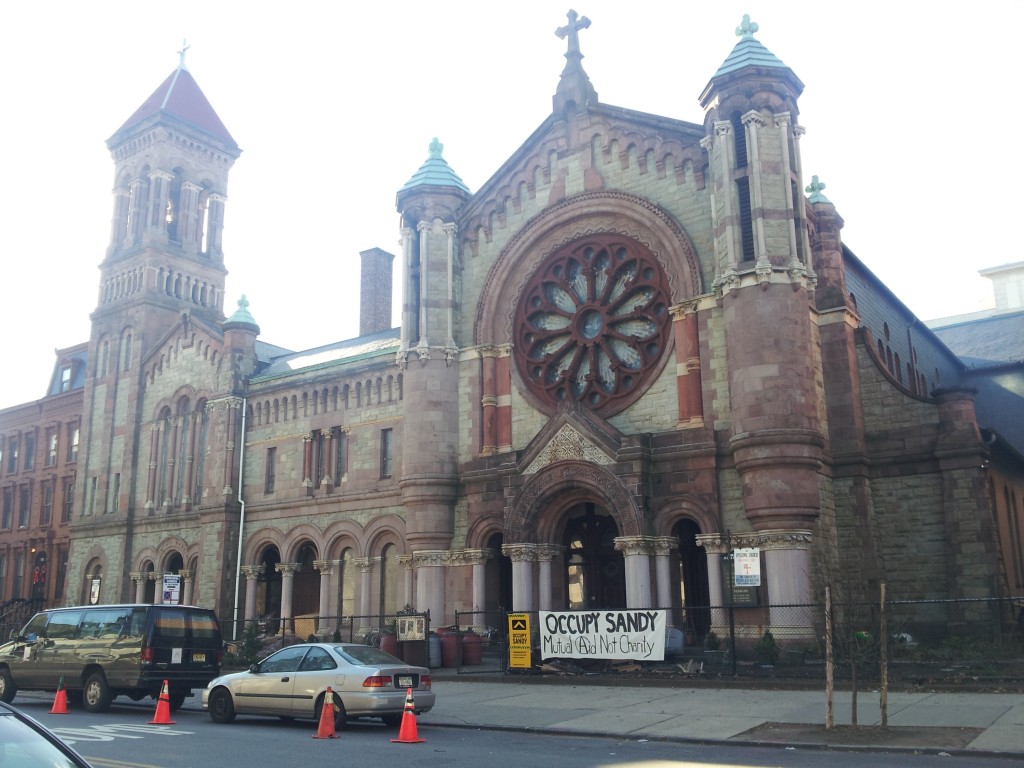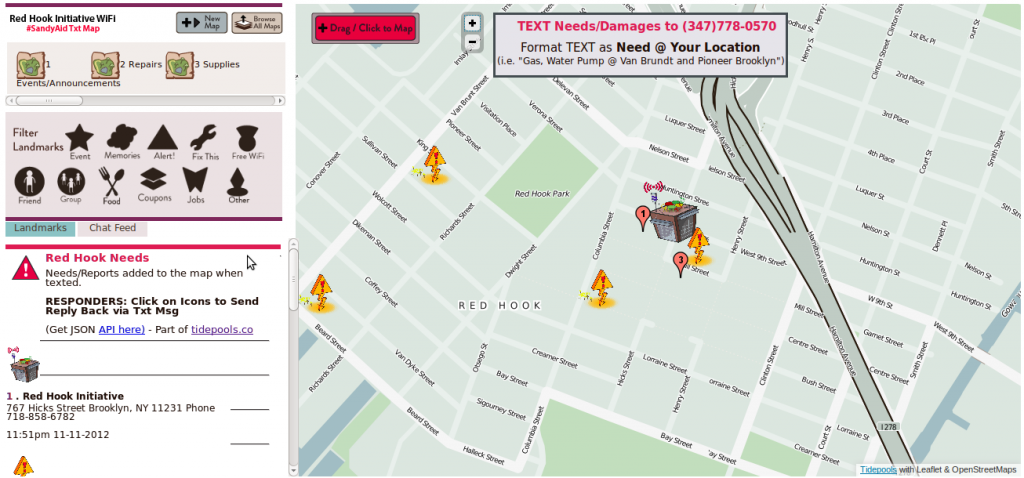Among technologists, for whom information and communication flow at hyper-speed and social bonds are increasingly interest-based, developing relationships with people and communities outside of your comfort zone of easy compatibility can feel frustratingly slow. The world of software development does not typically attend to the kind of bottom-up, community-based research process I’m accustomed to as an anthropologist – rather, rapid iteration is prized over emergent design and humans (who have a tendency to wield tools in unexpected and surprising ways) are reconfigured as ‘users’ of software that provides a ‘service.’ What follows is an attempt to articulate the process of doing anthropological research for developing technological tools, in the hopes of inspiring technologists to rethink the process of software development in a more human, culturally accountable manner.
Ethnographic research is the art and science of becoming attuned to the cadence of a culture. Largely, this entails the anthropologist’s direct engagement in a cultural milieu, the everyday observations of which are recorded as field notes. Field notes based on the anthropologist’s observations are accompanied by semi-structured interviews (typically recorded, transcribed, and coded) and occasionally surveys to incorporate the variety of roles, activities and perspectives that make up the cultural phenomena under study. An ethnography tells the story of a cultural group – incorporating field notes, interviews, historical research and critical analysis – and is the product of field research that relies on participant-observation as the principal methodological approach. Recent developments in the field of anthropology explore and experiment with new techniques for writing the ‘other’ that often entail treating the self as an other, first and foremost. Reflexivity is crucial for engaging in critical thinking about one’s own role and bias in cultivating cross-cultural understanding.
Multiple methods of analysis are employed in order to understand the complex dynamics of building technological tools for communities from the ground up. Semi-structured interviews are a primary source of the data and information gathered in the process of building tools responsive to community needs. Personal interviews allow community members to voice their opinions and share their biographies in a safe space of confidentiality and empathic listening, while group interviews encourage collaborative storytelling about the community’s origins and history, present issues and projects, and reveal collective visions and goals (as well as anxieties and fears). Focused discussions with community members are also a primary planning and implementation space, including sit-down brainstorming sessions aimed at raising issues and needs that could be addressed by the project.
Of further relevance is what’s known as Community-Based Participatory Action Research. Community-based participatory action research is a methodology that reorients authority horizontally. That is to say, the final product of community-based research is designed to facilitate alliances between local organizations that have vested interests in the community under study, rather than research designed to fulfill an institutional, governmental or corporate agenda. As such, community-based research tends to blend academic and activist agendas, ultimately producing something of value to the research “subjects” that is at once collaborative and politicized.
Always a fan of mixed methods, I’ve been working with the Open Oakland Digital Divide group to reach out to organizations that are already addressing access to technology in Oakland. Rather than reinventing the wheel, we thought it prudent to endeavor toward creating a hub of existing efforts by researching and documenting them on OaklandWiki. Providing such a service ideally demonstrates to the groups we’re reaching out to that we respect and appreciate the work they’ve been doing, enabling us to more effectively request their time for visiting and asking questions about what they need that we could potentially provide. It furthermore creates an opportunity for us to serve as bridges, building a coalition of those committed to addressing the digital divide by making them visible to each other.
The purpose of this post was not in any way intended to condemn the culture of open source communities. The collaborative research process of the Digital Divide group embodies the DIWO (Do It With Others) ethos that I so dearly adore about hacker culture – though it’s doubtful that many members of the group self-identify as hackers. Tidepools, the open source neighborhood mapping project I’ve been working on, was developed under the direct input of the Red Hook community through a unique hybridization of technological development rooted in ethnographic process. I’ve become ever more passionate about the intersections between cultures, the power and potential of fusing worlds. That excitement and fervor has found me racing between spaces, places, communities and meetings – constantly in action, constantly iterating an idea into refinement without allowing it to grow. Borrowing from the best of both open source culture and anthropology, I’m committing this blog to being a living testimony to transparent documentation, reflexivity and critical thinking – but for that to happen, I have to learn to slow down and allow thought to crystallize into language. Here’s to slow dev! 😉
